For Dallas Willis, the journey from riding bulls to raising them has been both unexpected and deeply rewarding, Cowboy State Daily reports.
A former bull rider who competed through college, Willis never planned to go into the livestock side of rodeo—until his young son, Dalton, showed an early passion for the sport.
It began with a single bull, gifted by a friend for Dalton to practice on. As Dalton grew, so did the bulls—and eventually, the herd. What started as a family effort to support one boy’s dream has turned into a full-fledged business raising and training bulls for rodeo competition across Wyoming.
Their operation took a professional turn when Willis received a call from rodeo organizer Dave Delancy, asking if he could supply bulls for the Hell on Wheels Rodeo. Willis offered up his growing herd, and his sideline hobby became a serious enterprise.
The Willis family’s bulls aren’t just livestock—they’re athletes, each with their own personality and style in the arena. Bulls like Whiskey, Ugly, and Chance are well-known among rodeo competitors, but two names draw the most attention—and caution.
Scorpion and Blindside are the stars of the show. Scorpion, known for his unpredictable moves, is a crowd favorite but a rider’s challenge. Blindside, a large red bull with power and precision, prefers solitude but performs with consistent, formidable strength.
“These bulls don’t need to love what they do—they just need to do it well,” said Willis. “A good bull isn’t necessarily the friendly one. It’s the one that bucks riders off their feet.”
Despite their reputation, Willis is quick to address concerns about animal welfare. These bulls, he says, are bred to buck and thrive in the competitive environment.
“They’re not being abused. They’re built for this, and some of them enjoy it more than others.”
Willis’ own rodeo career began in 1984 at age 14, but life eventually led him away from competition. That changed when Dalton, then five years old, expressed his own interest in bull riding.
“That made my heart soar,” said Willis. “Seeing my son want to follow that same path brought everything back for me.”
The first bull, Burkhart, couldn’t be kept at home, so a friend, Rob Bunten, offered to keep him. That friendship evolved into a partnership, and today the Willis-Bunten team manages a herd of about 20 bulls, along with a handful of cows, heifers, and calves. Some animals were purchased, others were gifted or bred by Bunten, and all are raised with care and purpose.
Preparing a bucking bull for the rodeo isn’t as simple as leading it into a chute. Training starts early, with frequent handling to ensure bulls are calm enough to focus on bucking rather than resisting.
“They can’t be wild out there,” Willis explained. “We run them, chase them a bit with a four-wheeler, and buck them to get them used to the routine.”
Young bulls are introduced to the process using a training dummy—a box-like device that mimics the pressure of a rider, teaching them how to kick and twist properly before any human ever climbs aboard.
As spring approaches, the bulls are reintroduced to their training after a quiet winter. Like athletes shaking off rust, they need conditioning before the rodeo season begins. Willis calls it “getting rid of their sea legs.”
Willis and his wife, Charlene, don’t just raise bulls—they’re also helping raise the next generation of bull riders. Through their WYO-CO Rodeo program, they mentor young riders, providing them with safe training and access to quality bulls like those in their own herd.
“Bull riding is the ultimate sport,” Willis said. “It’s man versus beast. It’s America’s sport.”


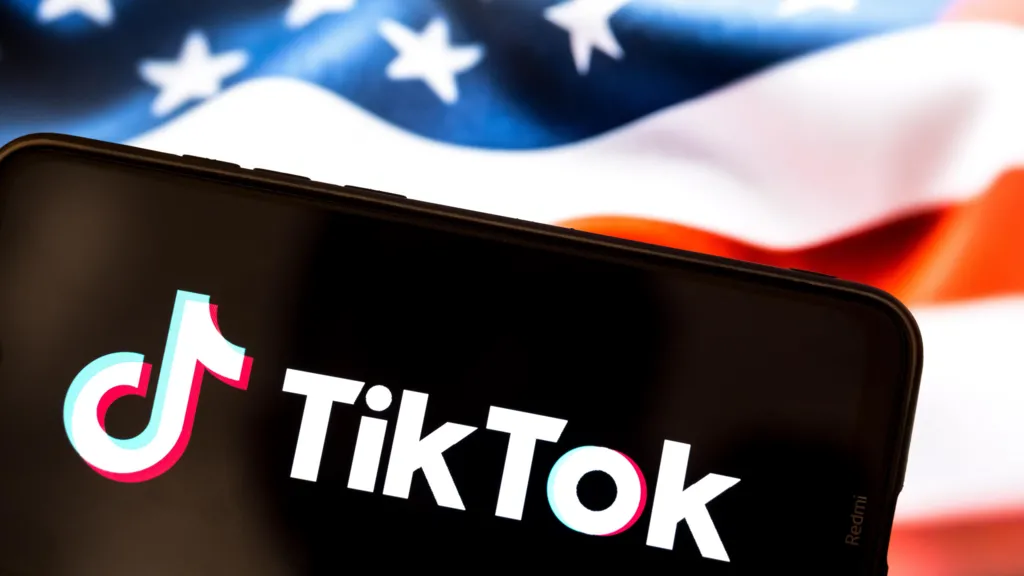
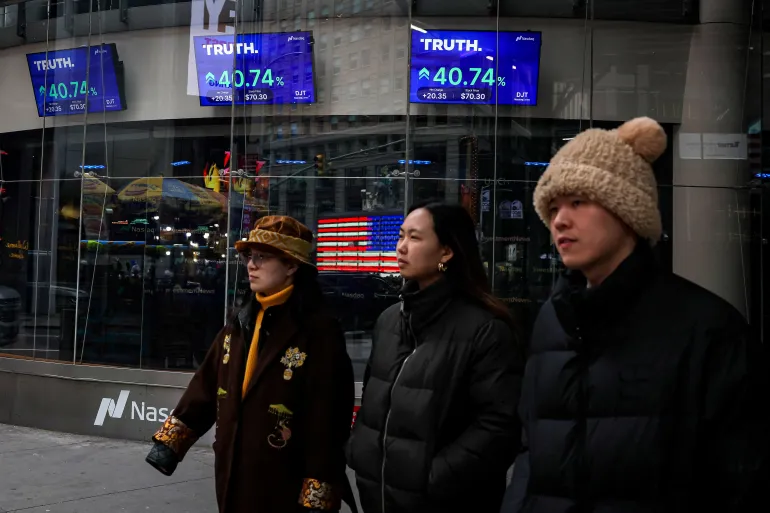
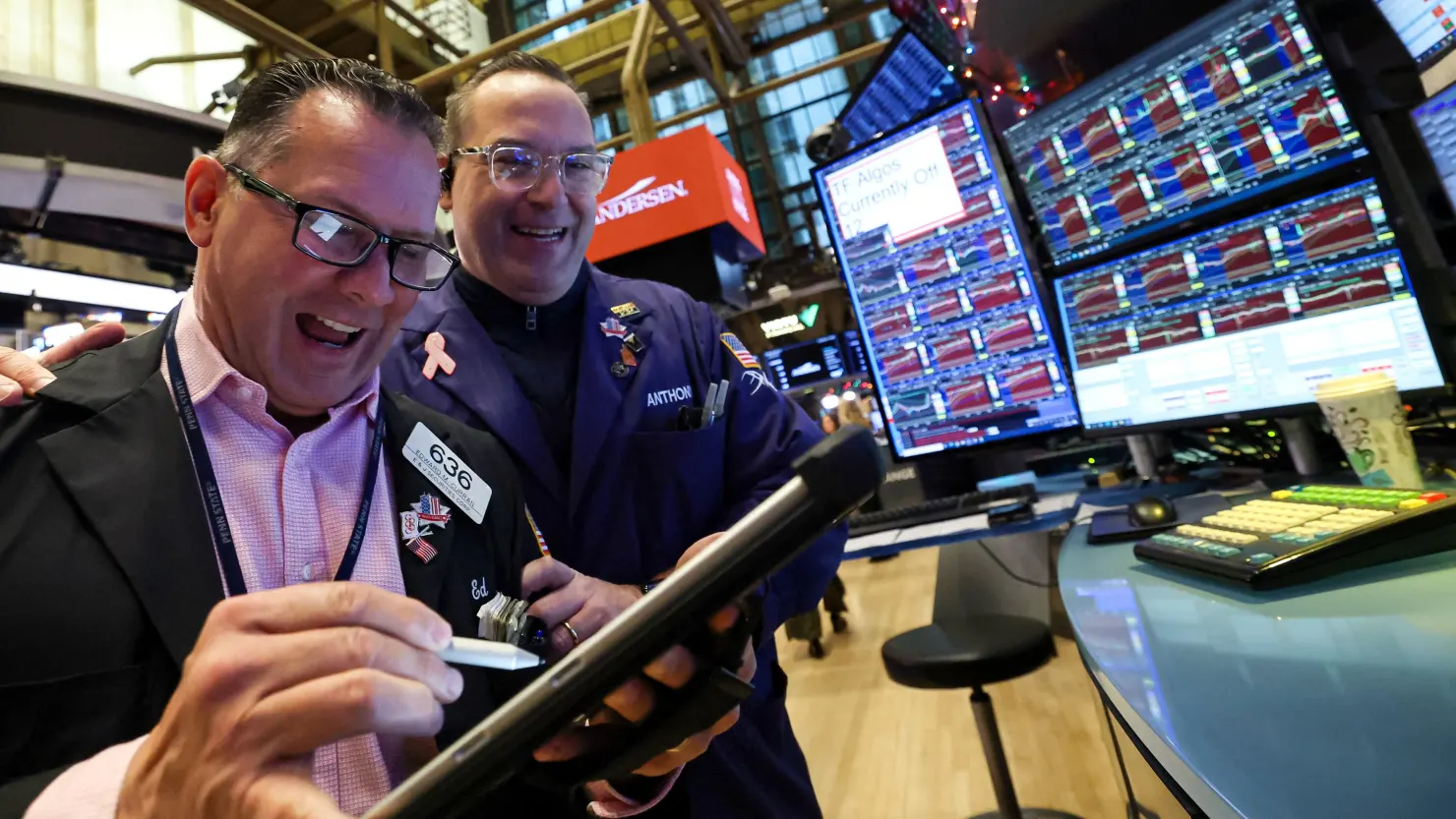
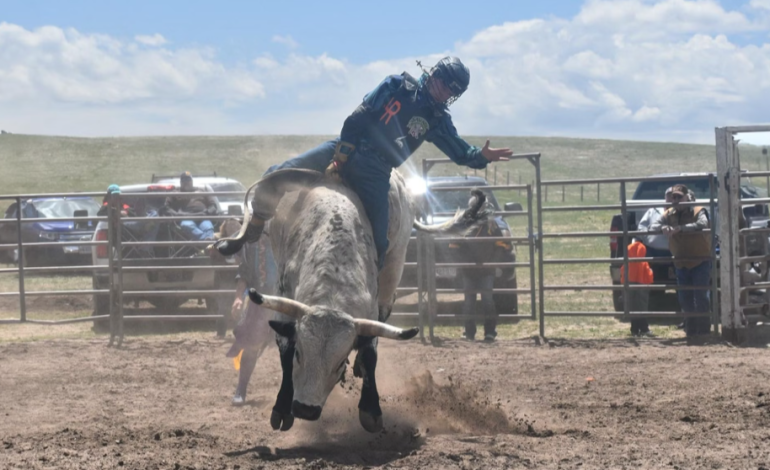



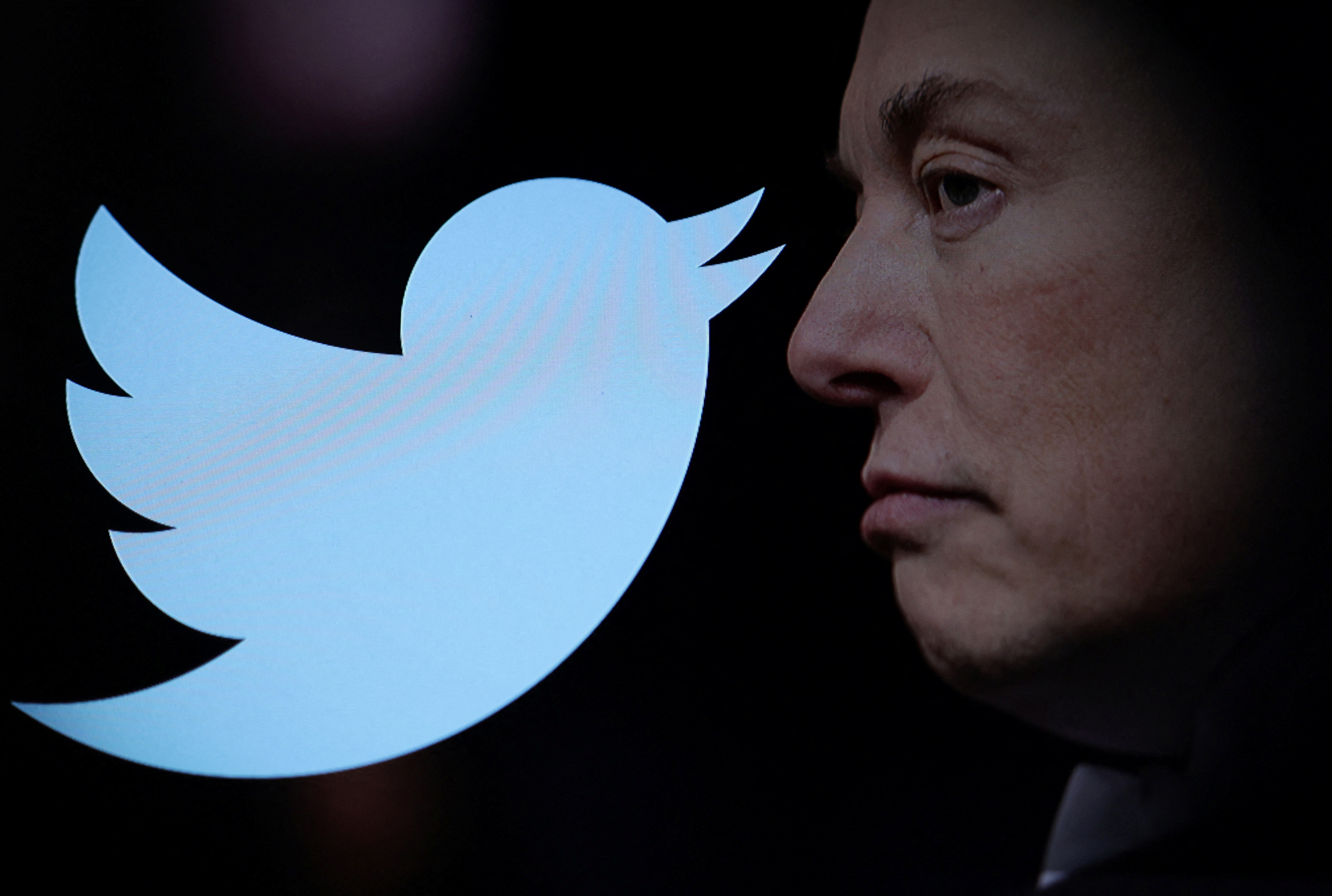
The latest news in your social feeds
Subscribe to our social media platforms to stay tuned